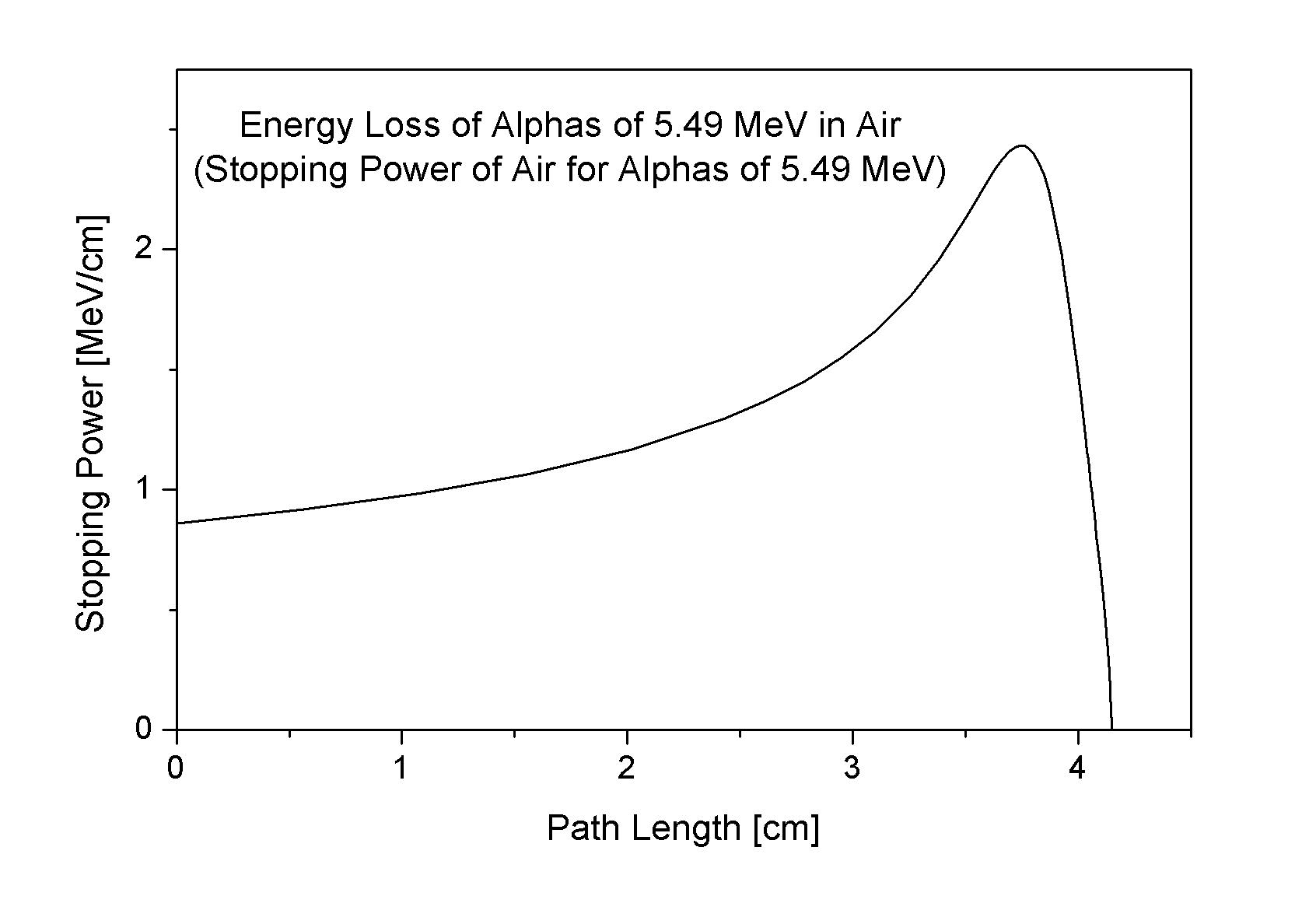Linear energy transfer (LET) [with exercise questions]
It describes the action of radiation into matter.

Linear energy transfer
LET is defined as the ratio of energy transferred by a charged particle ($dE_{local}$) to the target atoms along its path through tissue ($dx$). In other words, LET is a measure of the density of ionizations along a radiation beam. $$LET(keV/\mu m) = \frac{dE_{local}}{dx}$$ Higher LET radiations (particles: alpha particles, protons, and neutrons) produce greater damage in a biologic system than lower LET radiations (electrons, gamma rays, x-rays). For example, radiation cataracts are 10 times more likely to occur after neutron radiation than after x-ray radiation, with the same amount of absorbed dose. A high LET will attenuate the radiation more quickly, generally making shielding more effective and preventing deep penetration. On the other hand, the higher concentration of deposited energy can cause more severe damage to any microscopic structures near the particle track.
From the figure below, we can see that the energy loss of alpha particle is not uniformly distributed along the path. LET is widely used to characterize energy deposition.

However, the disadvantage of LET is that it provides no information about radial distribution around the track, nor does it indicate the nature of the variability of energy density along the track. Consequently, two radiations may have the same LET, but differ widely in both microscopic energy density distribution and radiobiological effect.

This page has been viewed times.